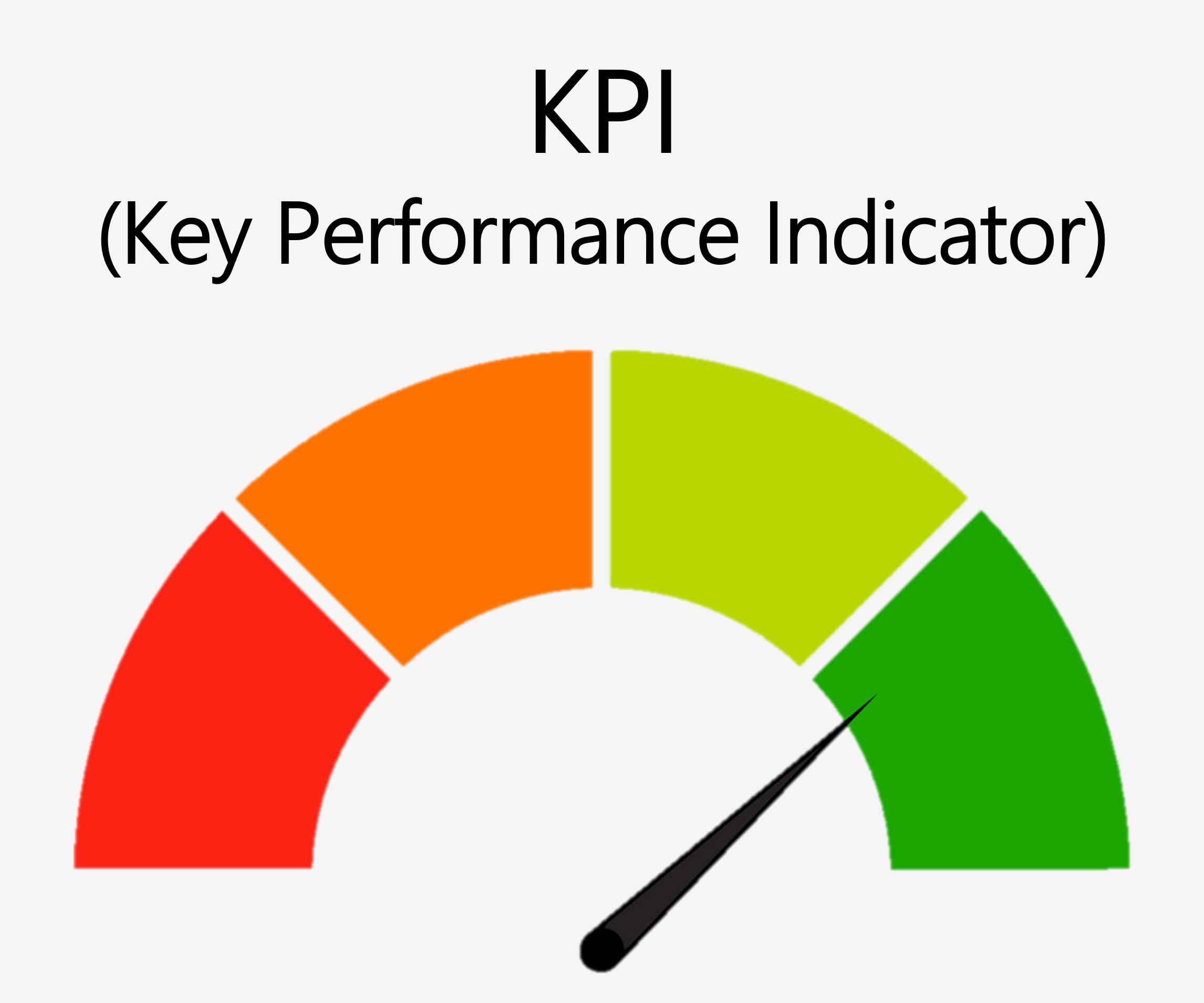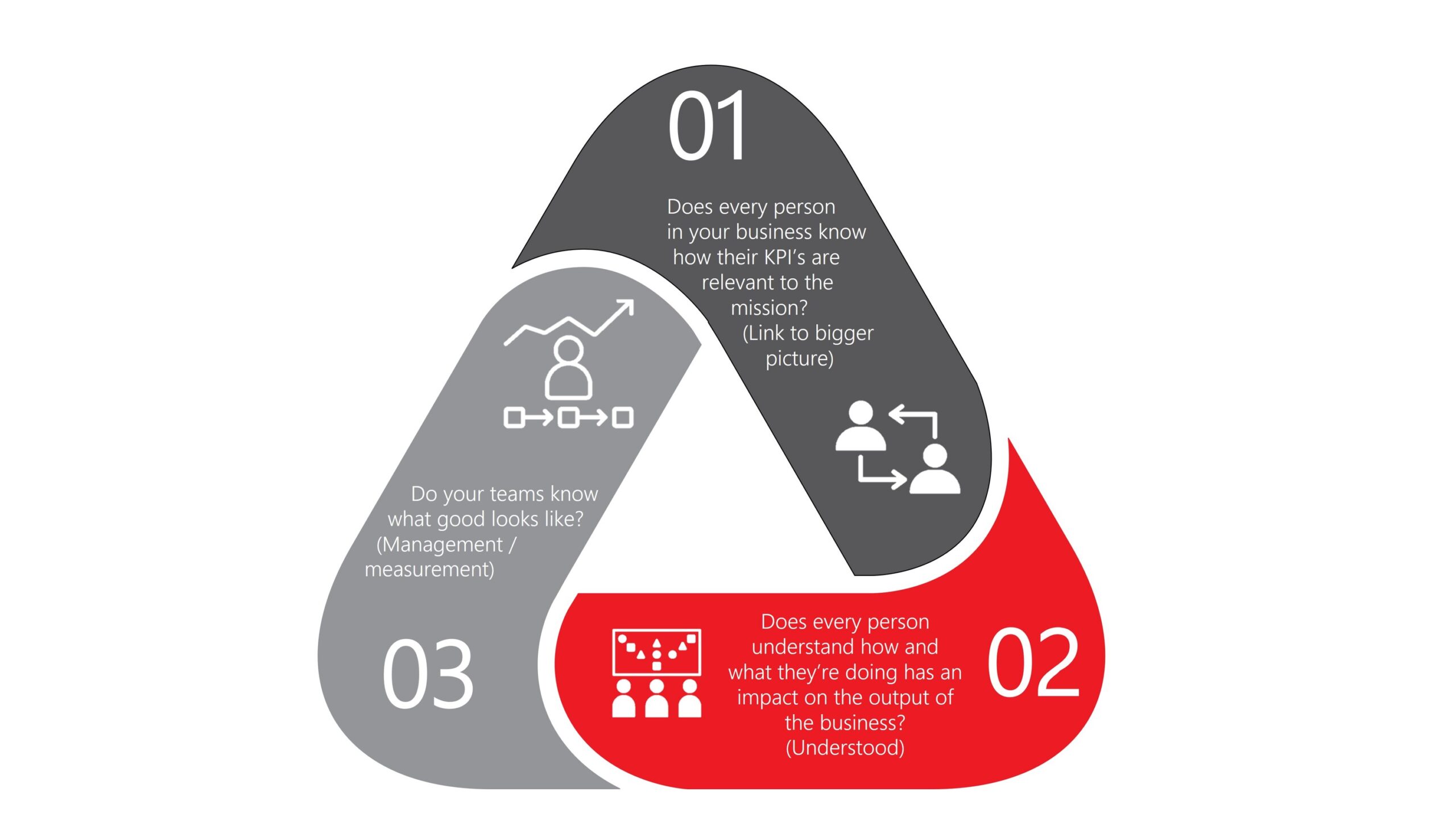Linking the strategy with the metrics
Does every person in your business understand how their performance is linked to the company strategy?
Baseball has been a business since the 1860s when organized teams first started paying their players. Since then, baseball has become a huge business enterprise earning billions of dollars each year; in 2021, the New York Yankees were valued in the Forbes Rich List at over $5 billion dollars.
Signing the best players is an integral part of building a successful team and traditionally the use of scouts to assess players was based on potential and statistics, but these failed to single out the most effective players because they just didn’t look the part. Looks might not have anything to do with the statistics that are important: those that reliably predict performance.
Moneyball, the best seller by Michael Lewis, describes how the Oakland Athletics baseball team used carefully considered metrics to build a winning team on the cheap.

Such that in the 2002 season, the team began with 11 losses in a row before the nation’s lowest-salaried Major League Baseball team put together a 20-game winning streak, setting a new American League record and reached the play-offs based on the metrics applied.

Most business performance metrics are focussed on creating value based on intuition of sales, growth and earnings, unfortunately, these metrics may not be the most relevant to the business (Harvard Business Review, Oct 2012).
Business Leadership should be focussed on the strategic aspects of the business. Ensuring that your business knows how to meet its outputs requires the application of a set of observable metrics to measure the performance and align it to the business needs.
However, the creation of a performance metric is one thing but measuring it effectively is another. If leaders and managers don’t know how to measure or have the wrong metrics in the first place, then this has the potential to create a level of business ‘drag’.
Getting the business levels to understand how their performance metrics impact the mission and effectively contribute to the success of your company can deliver a strong level of commercial and cultural awareness that will move the business in the right direction.
Knowing that you are on track means collecting data from something that has happened, each piece of potential data can then be used to produce metrics.
“However, many metrics do not always effectively indicate what the performance of the business is.”
When is a KPI not a KPI?
Certain PIs are “Key”. A Key PI would not necessarily be standalone and is often linked with a framework such as PIs, metrics, data and events. When deducing if a PI is just that or should be a KPI then you need to know if the information being observed and is key to your business succeeding; if yes, then your PI is a KPI.
The fundamental word in all of this is ‘Key’.
Of note though is that one person’s PI can be someone else’s KPI.
The successful implementation of KPIs to the mission or vision statement isn’t just about the creation of a performance indicator but is more about the measurement and understanding of how these indications link to the bigger picture to create a cultural and commercial awareness.
The ‘so what’ of not understanding how PIs link to the bigger picture will invariably mean that managers become focussed on working in the weeds leaving less time and capacity to operate at the tactical and strategic level in moving business forwards.

Leaders and managers tend to use performance indicators as motivational, bonus and performance management tools – the transactional carrot and stick.
However, freeing the capacity by moving out of the weeds to deliver an inspirational leadership from the strategic mission / vision focussed point provides a clearer direction for the business to follow.
And so…






Leave A Comment
You must be logged in to post a comment.